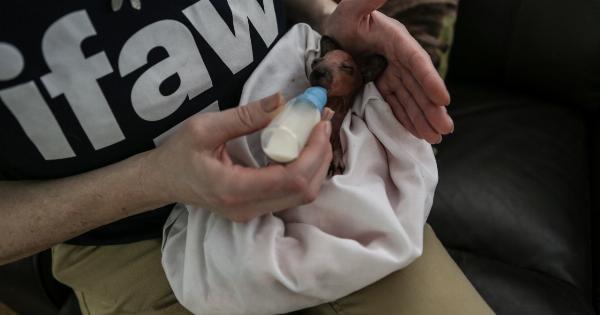Hip fractures are a common injury among the elderly population. Unfortunately, the rates of hip fractures have been increasing in recent years, which is concerning for both individuals and society as a whole.
In this article, we will explore the causes of this rise in hip fracture rates and discuss the implications for the health care system and older adults.
What are Hip Fractures?
A hip fracture is a break in the upper part of the femur bone (thigh bone) that forms part of the hip joint. It is a serious injury that can lead to functional impairment and disability, as well as a loss of independence.
Older adults are particularly vulnerable to hip fractures because of the natural loss of bone mass and strength that occurs as we age.
Rising Rates of Hip Fractures
Over the past few decades, the rates of hip fractures have been steadily increasing. In fact, it is estimated that the number of hip fractures worldwide will increase from 1.7 million in 1990 to 6.3 million by 2050.
This rise in hip fracture rates is particularly concerning because it is happening at a time when the population is aging and the number of older adults is increasing.
Causes of the Rise in Hip Fracture Rates
There are several factors that have contributed to the rise in hip fracture rates among older adults. These include:
1. Age
As we age, our bones become weaker and more brittle.
This makes us more susceptible to fractures, including hip fractures. As the population continues to age, the number of older adults who are at risk for hip fractures will increase.
2. Osteoporosis
Osteoporosis is a bone disease that causes bone loss and makes bones weaker. It is more common in older adults, especially women. If left untreated, osteoporosis can increase the risk of fractures, including hip fractures.
3. Falls
Falls are a common cause of hip fractures, especially in older adults. As we age, our balance and coordination may deteriorate, making us more prone to falls.
Environmental factors, such as poor lighting or slippery surfaces, can also increase the risk of falls and hip fractures.
4. Obesity
Obesity is a risk factor for hip fractures because it can put extra strain on the joints. This can increase the risk of fractures, especially if an individual falls.
5. Medications
Some medications, such as corticosteroids, can weaken bones and increase the risk of fractures. Older adults are more likely to take these medications, which may contribute to the rise in hip fracture rates.
6. Lack of Physical Activity
A lack of physical activity can contribute to the weakening of bones and therefore increase the risk of hip fractures. Older adults who are sedentary may be more prone to fractures, especially if they fall.
Implications for Health Care and Older Adults
The rise in hip fracture rates has significant implications for the health care system and older adults. Hip fractures can be costly to treat and may result in long-term disability.
In addition, older adults who experience hip fractures are at an increased risk of mortality.
The health care system may struggle to keep up with the increasing demand for hip fracture treatments, especially as the population continues to age. This could result in longer wait times for care and decreased quality of care for older adults.
For older adults, hip fractures can be a life-changing event. They may require surgery, prolonged hospital stays, and rehabilitation to recover. It may also lead to a loss of independence and a reduced quality of life.
Preventing Hip Fractures
Preventing hip fractures is important for both individual and public health. Here are some steps that individuals can take to reduce their risk of hip fractures:
1.
Stay Active
Regular physical activity, particularly weight-bearing exercises, can help to strengthen bones and reduce the risk of fractures. Even simple exercises, such as walking or gardening, can make a difference.
2. Eat a Healthy Diet
Eating a diet that is rich in calcium and vitamin D can help to strengthen bones and reduce the risk of fractures. Foods such as milk, cheese, and yogurt are good sources of calcium, while sunlight is a good source of vitamin D.
3. Prevent Falls
Taking steps to prevent falls, such as removing tripping hazards in the home and wearing supportive footwear, can reduce the risk of fractures.
4. Talk to Your Doctor
Older adults should talk to their doctor about their risk of fractures, particularly if they have osteoporosis or take medications that may weaken bones. They may recommend medications or supplements to help reduce the risk of fractures.
Conclusion
Hip fractures are a serious injury that can have long-term implications for older adults. Unfortunately, the rates of hip fractures are increasing, which is concerning for both individuals and society at large.
By understanding the factors that contribute to hip fractures and taking steps to prevent them, we can work towards reducing the rates of hip fractures and improving the health and well-being of older adults.




























